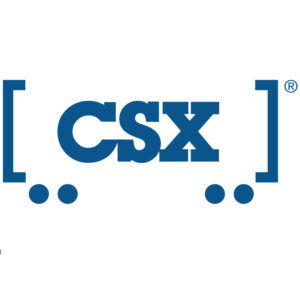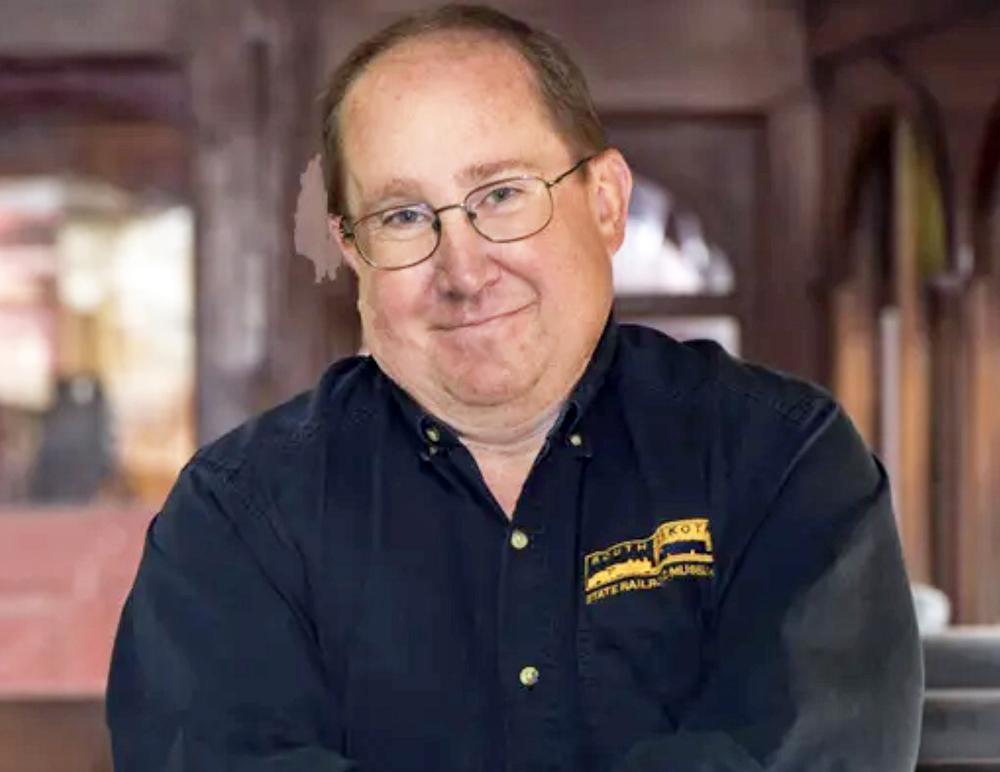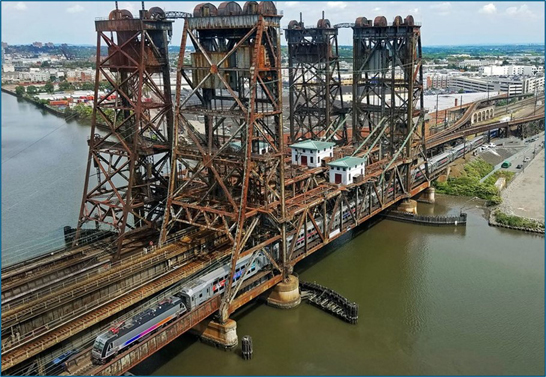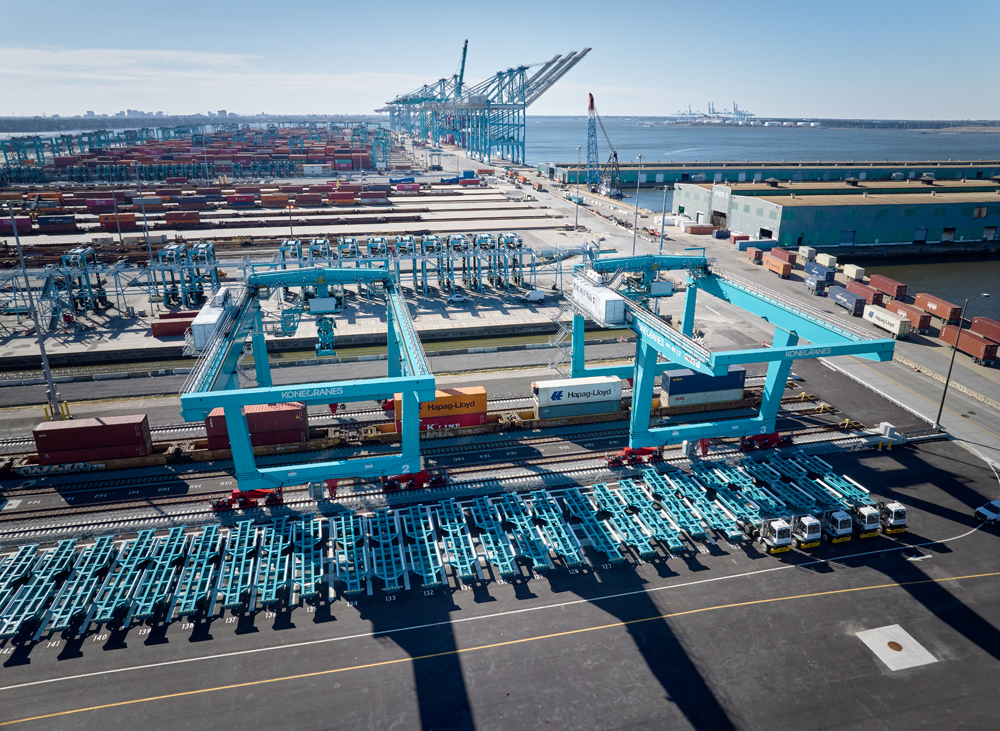 BALTIMORE — CSX Transportation is suing the City of Baltimore and Maryland Transit Administration over a broken water main that flooded the Howard Street Tunnel in 2019, leading to a derailment.
BALTIMORE — CSX Transportation is suing the City of Baltimore and Maryland Transit Administration over a broken water main that flooded the Howard Street Tunnel in 2019, leading to a derailment.
The Maryland Daily Record reports the suit in federal court seeks $2.5 million in damages resulting from the water-main break, as well as court costs and interest. The railroad had submitted a claim for that amount, but it was denied by the city.
The July 8, 2019, incident near the Baltimore Ravens’ stadium was blamed for a three-car derailment [see “Broken water main floods CSX tunnel …,” Trains News Wire, July 9, 2019]. The suit says the city was negligent for never having replaced water mains dating to the 19th century. It also claims that the transit agency continued to operate a light rail line above the tunnel for seven hours after the flooding, leading to the collapse of an underground vault that caused further damage.
The suit also claims CSX had complained of increasing leaks into the tunnel prior to the flooding.














All water pipe insstalled in the 1800s are made of cast iron. Cast iron is brittle and any settlement of the ground can cause it to crack. So the water pipe may have cracked with the prior leaks that CSX claims. Finally a crack gets too big. Water will wash soil away allowing the void to wash out soil around the pipe in this case flooding Howard tunnel. Other locations the wash out will cause sik holes.
If the report that CSX had not been ignored the city could have isolated the water line and sent a camera in the main to evaluate if any crack(s) over the Howard tunnel. Then the city could send a cancrete sprayer do seal the pipe. That option IMO is less than ideal from my experiences in suspect soil.
Instead use a steel casing across the suspect soil and insert new water line(s) in the casing with plenty of space with the casing having a much larger diameter than the water line or any utility. What is puzzling is why this casing was not installed during the light rail installation. Around here any utility has to have casings under any public or private installations over the utility whenever construction is scheduled over any utility.
Without hearing from the other side of the story, sounds like CSX has a reasonable claim.